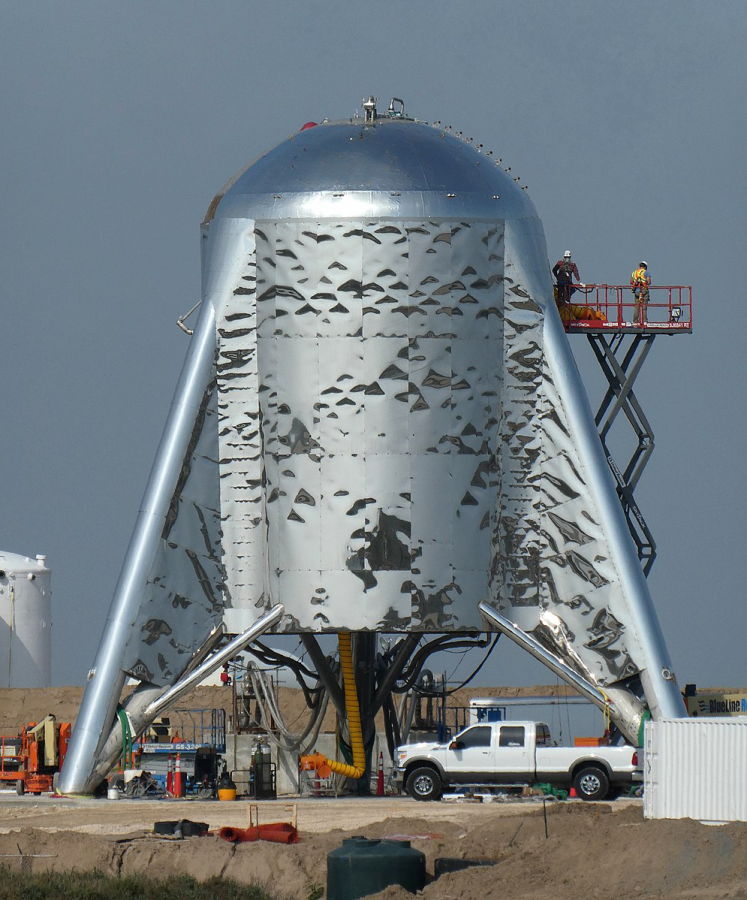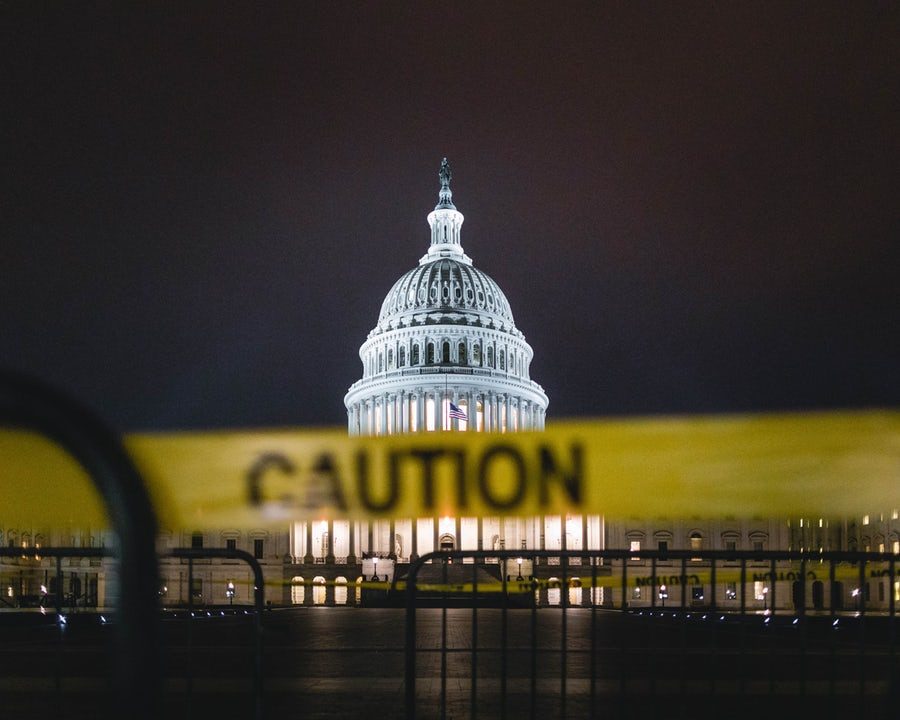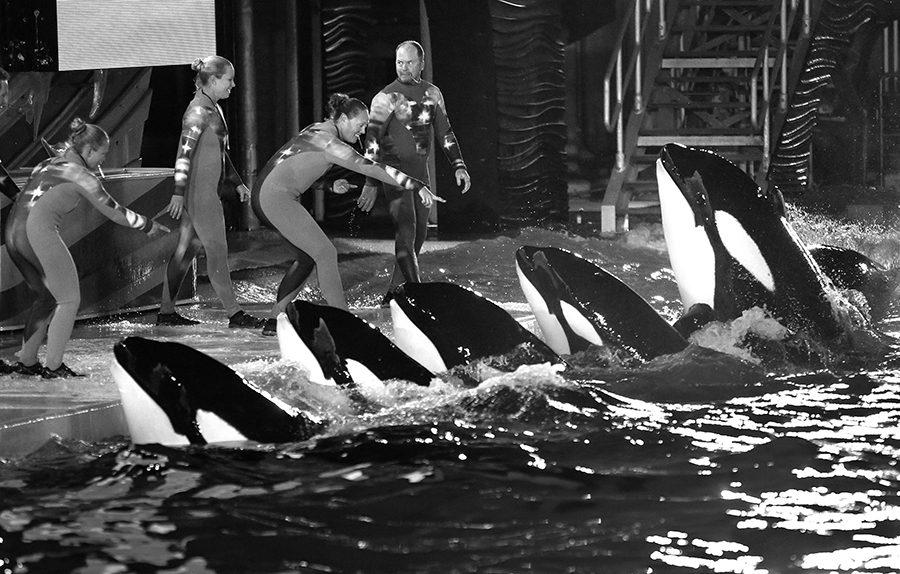SeaWorld ends breeding of captive orcas and shows
During a night performance at Shamu Stadium, trainers direct killer whales on March 20, 2014 at SeaWorld San Diego. (Don Bartletti/Los Angeles Times/TNS)
May 5, 2016
SeaWorld announced on March 17 that it would stop breeding captive orcas, also known as killer whales. They claimed that the 24 orcas currently under its care would be the last generation of the animals at its three United States theme parks. The theatrical shows that demonstrated what the orcas could do will be replaced with more natural orcas encounters. This move is said to be a major shift for the company.
“It was the biggest decision in the history of the company. They are making the right decision,” Dennis Speigel, president of International Theme Park Services, said.
The company’s treatment of killer whales gained broader attention following the 2013 release of Blackfish, a documentary that linked the orcas’ captivity to their increased aggression. The film focused on an orca named Tilikum, which killed SeaWorld trainer Dawn Brancheau in 2010.
“As society’s understanding of orcas continues to change, SeaWorld is changing with it,” SeaWorld CEO Joel Manby said. “By making this the latest generation of orcas in our care and reimagining how guests will encounter these beautiful animals, we are fulfilling our mission of providing visitors to our parks with experiences that matter.”
Tilikum is recently being closely monitored as it appears to have a bacterial infection in its lungs that is resistant to treatment and its health is continuing to deteriorate. The orca has been around for 23 years and is one of the park’s most prolific breeders with more than 20 calves.
The park has seen attendance decline at the three locations since the release of Blackfish. The stock price of the publicly traded company has dropped by more than half in the past three years.
“There was a guilt before that made customers uncomfortable to come to the park because of the whales,” John Gerner, managing director of Leisure Business Advisors, said. “Now that that is gone, they may come even more because they can enjoy it without the guilt, and also because they know this may be the last time they will be able to see some things, like the orcas.”
A year ago, plans for an expanded orca habitat were approved by the California Coastal Commissions, but only if the end of captive breeding of the orcas was agreed upon. SeaWorld was not in favor of this and went to court, arguing that the commission had no such authority to make this demand. The company ended up taking up the offer to end the captive breeding.
The theatrical shows will fade out one by one, starting with San Diego next year, followed by San Antonio and Orlando in 2019. The company also announced a partnership with the Humane Society of the United States, an animal advocacy group, to bolster conservation efforts.
“We will introduce new, inspiring, natural orca encounters rather than theatrical shows, as part of our ongoing commitment to education, marine science research and the rescue of marine animals,” SeaWorld said on their blog.
To improve park attendance, industry analysts claim that the company needs new attractions to catch up with competitors such as Walt Disney Parks and Resorts and Universal Studios Theme Parks. The company has several new rollercoasters in the making and recently unveiled images of a new signature submarine ride in the San Diego Park.
“They should keep focus on nature-based attractions, like an aquarium or other marine attractions that are not as controversial,” Gerner said.

















